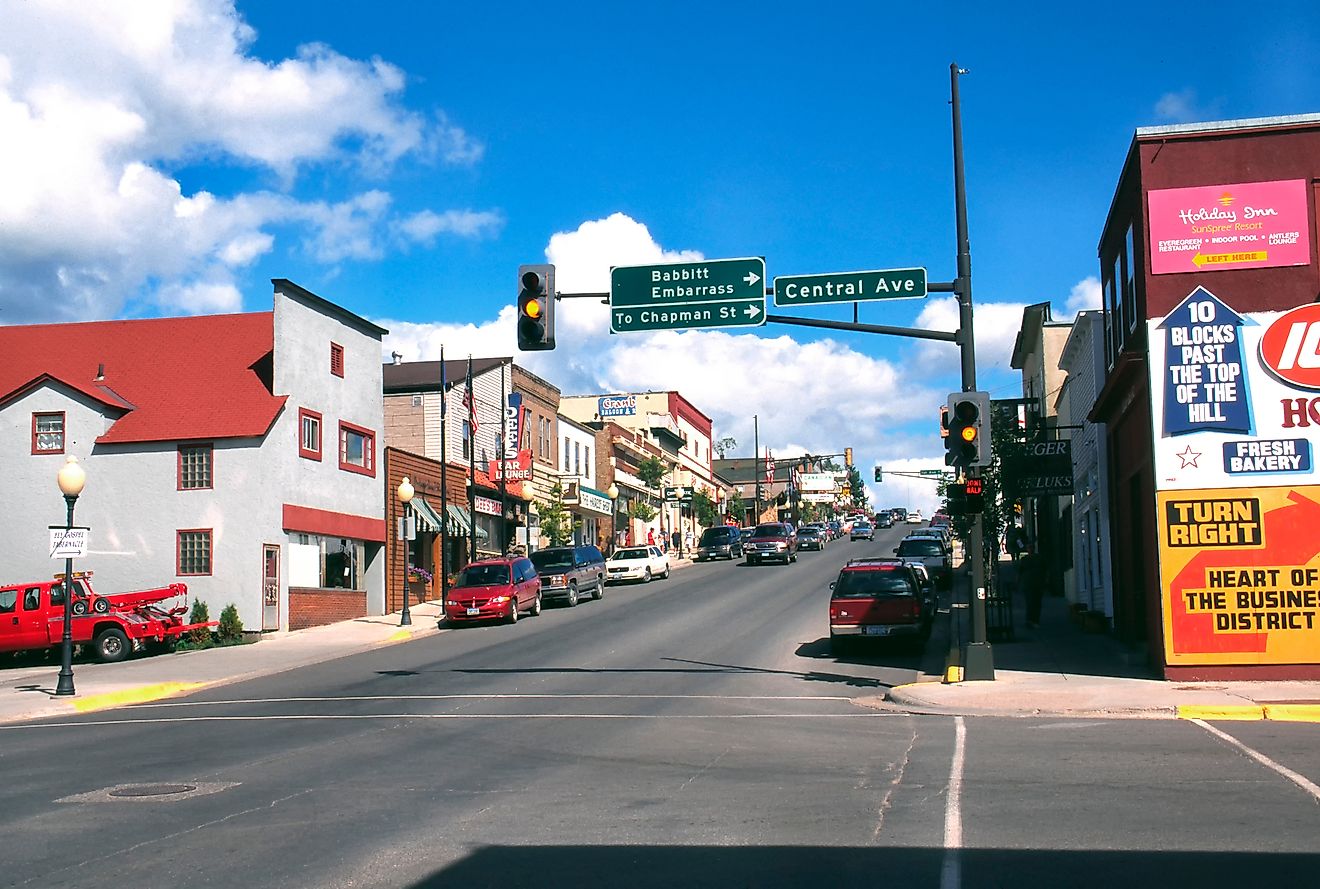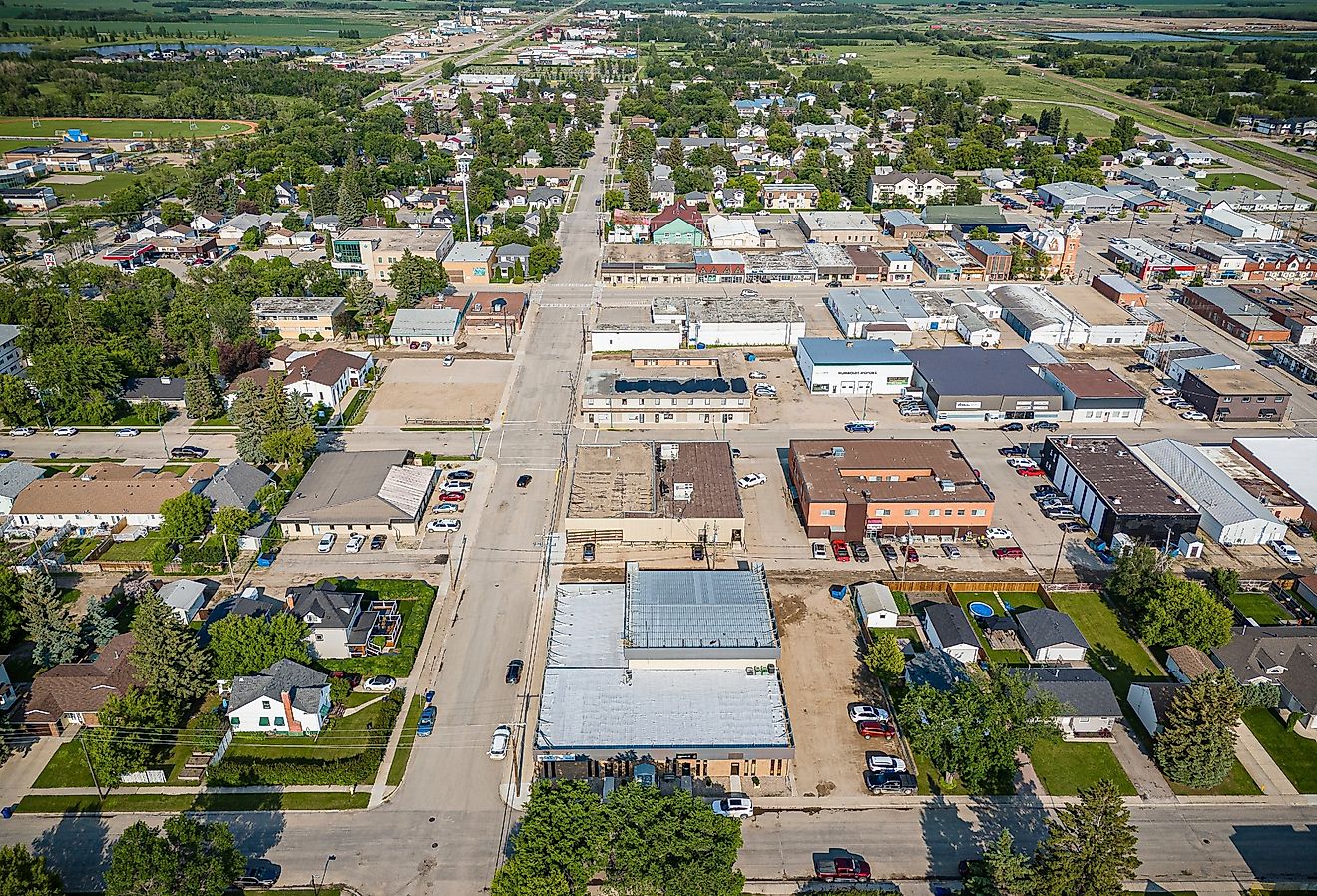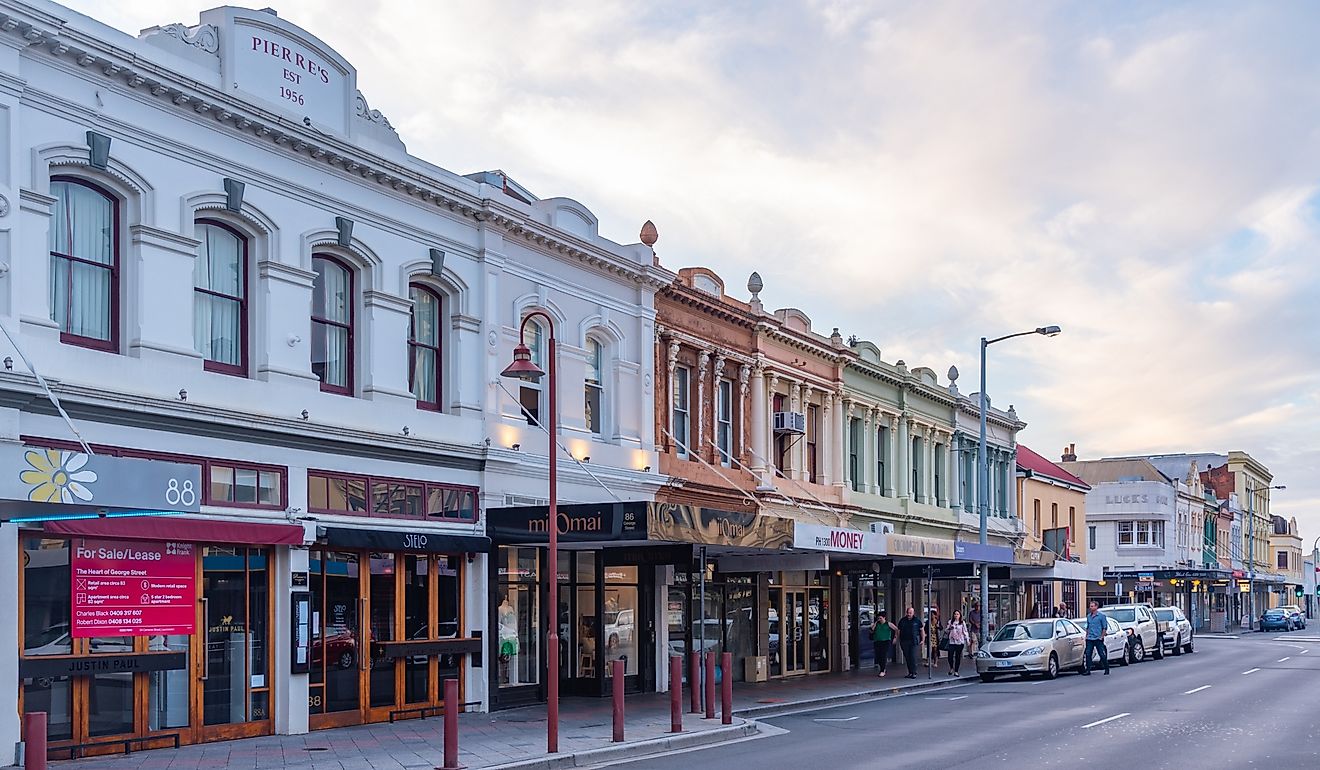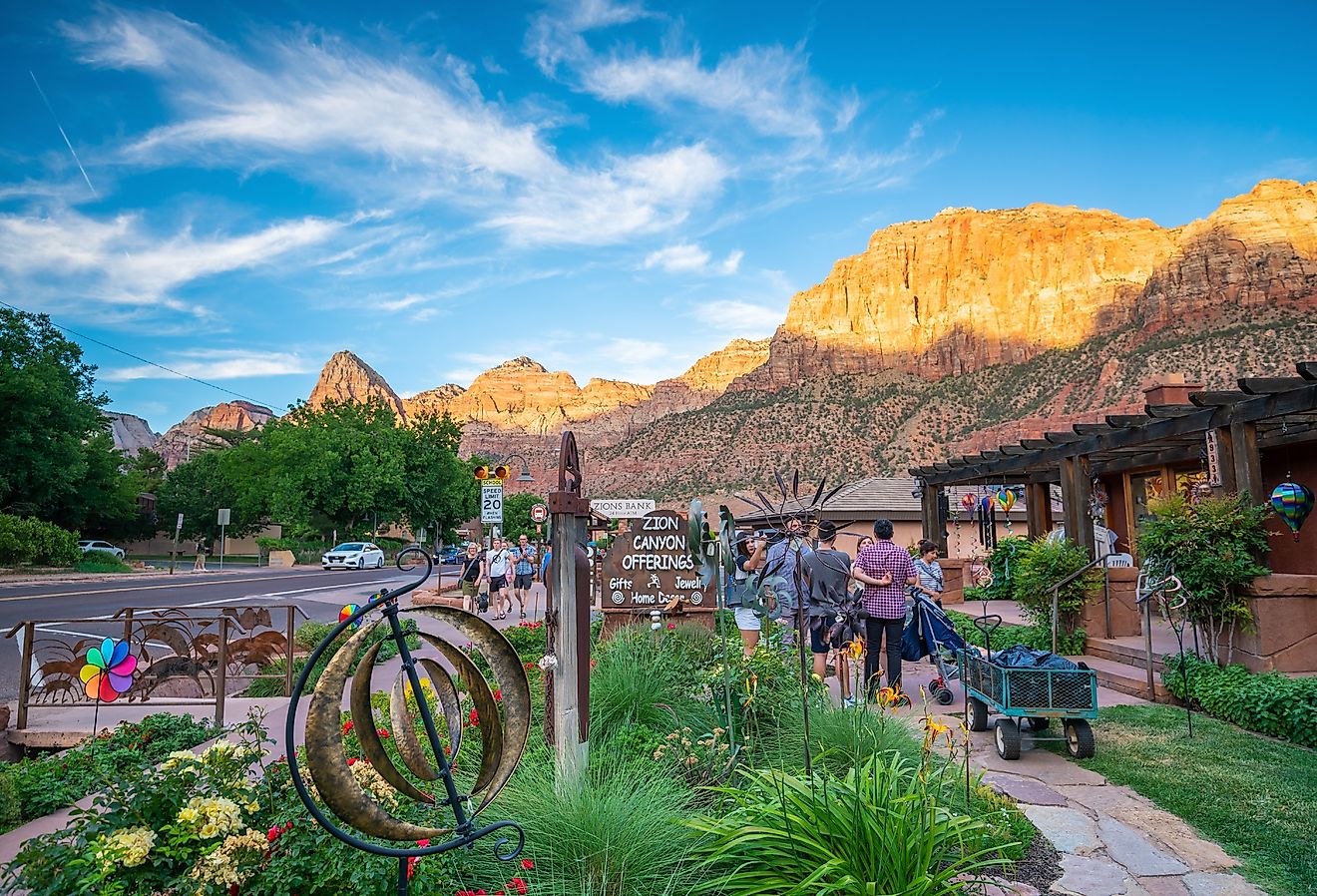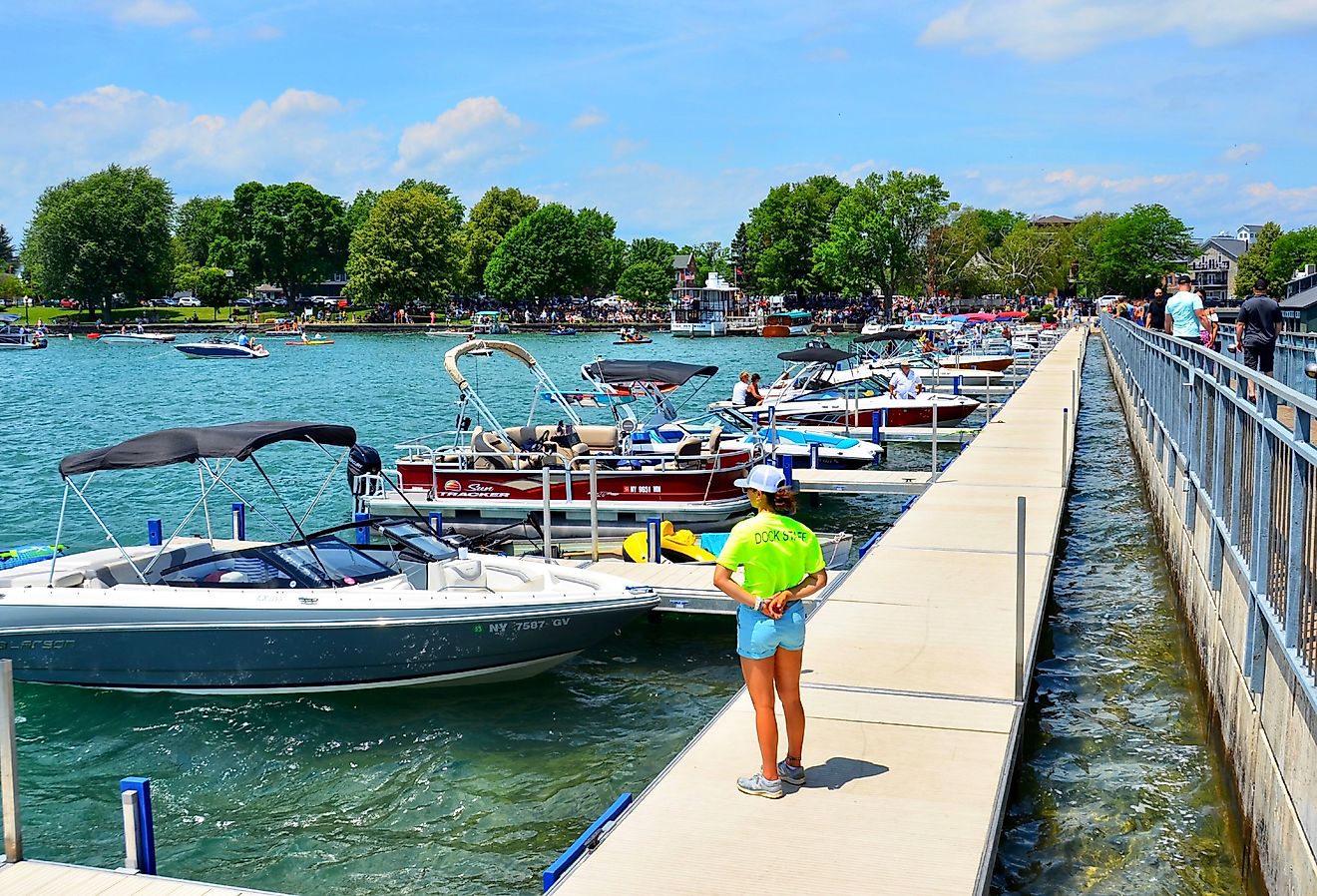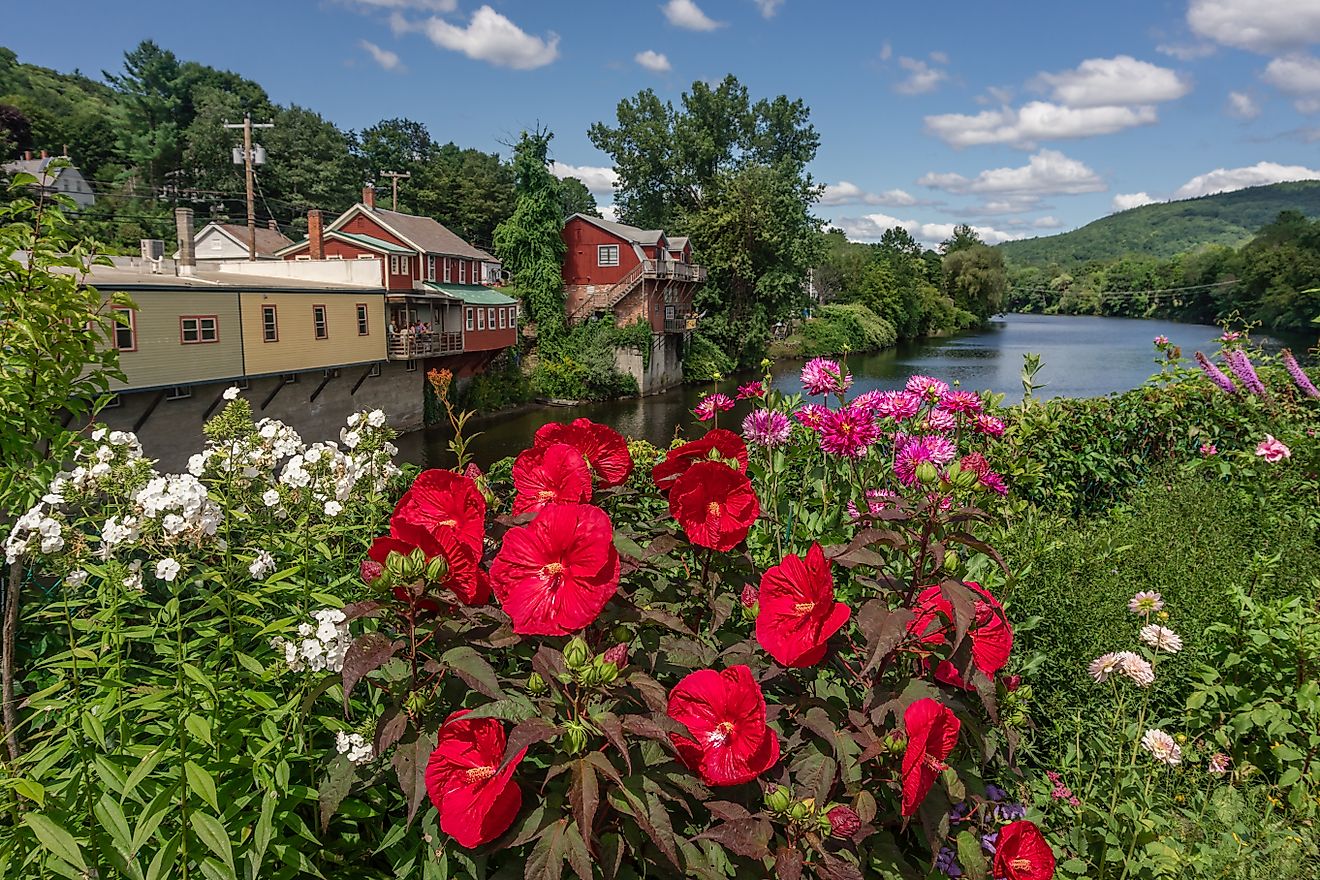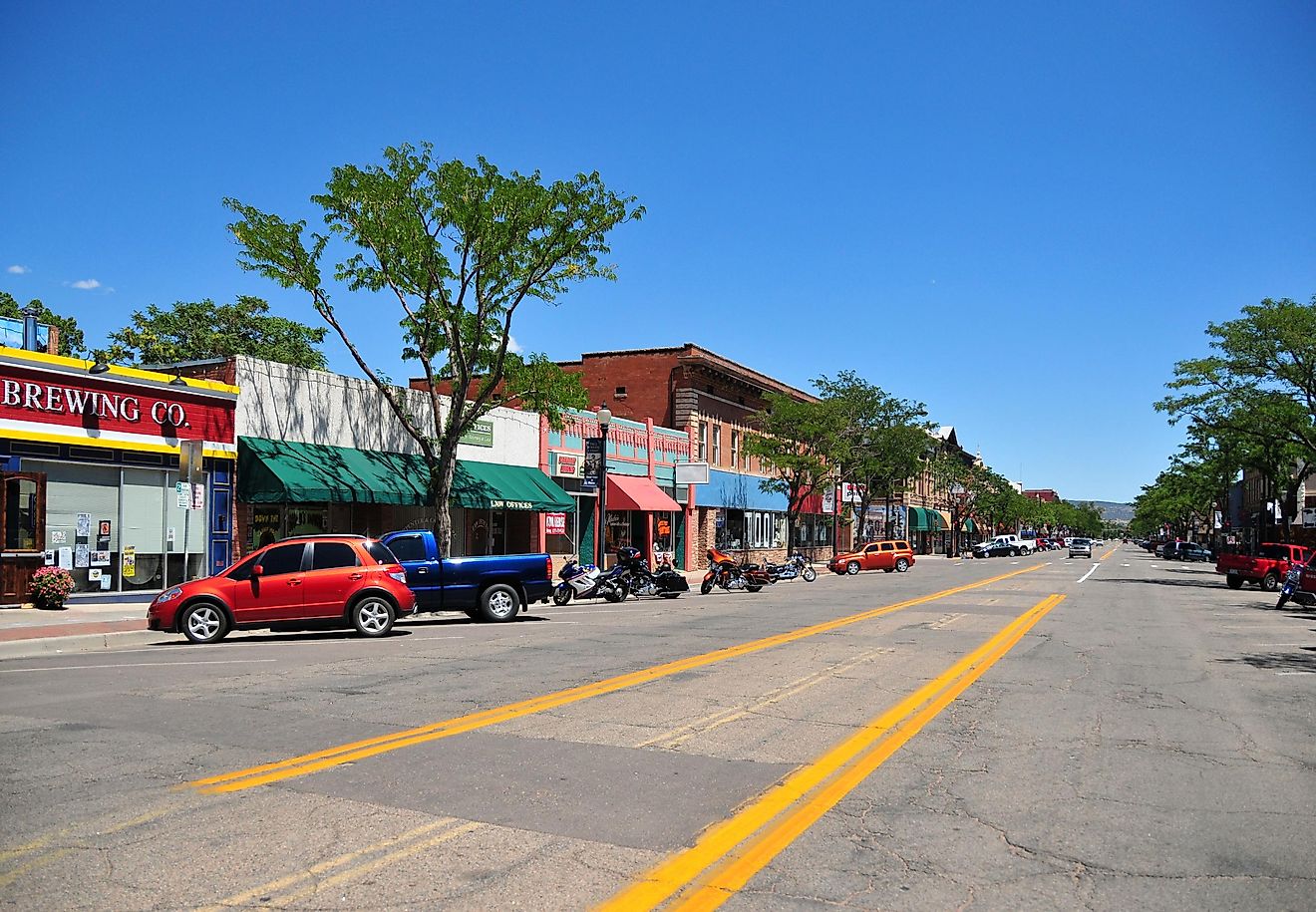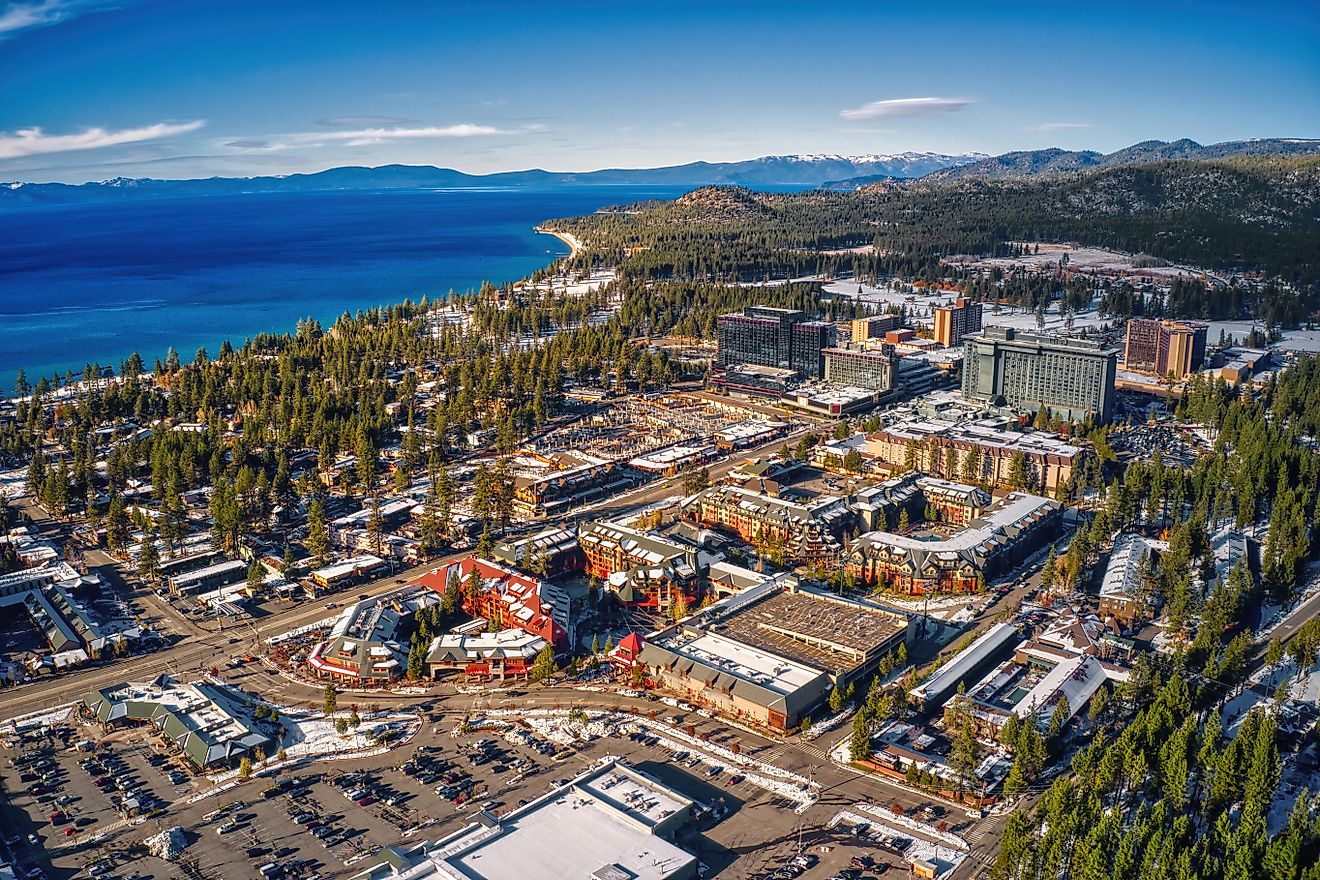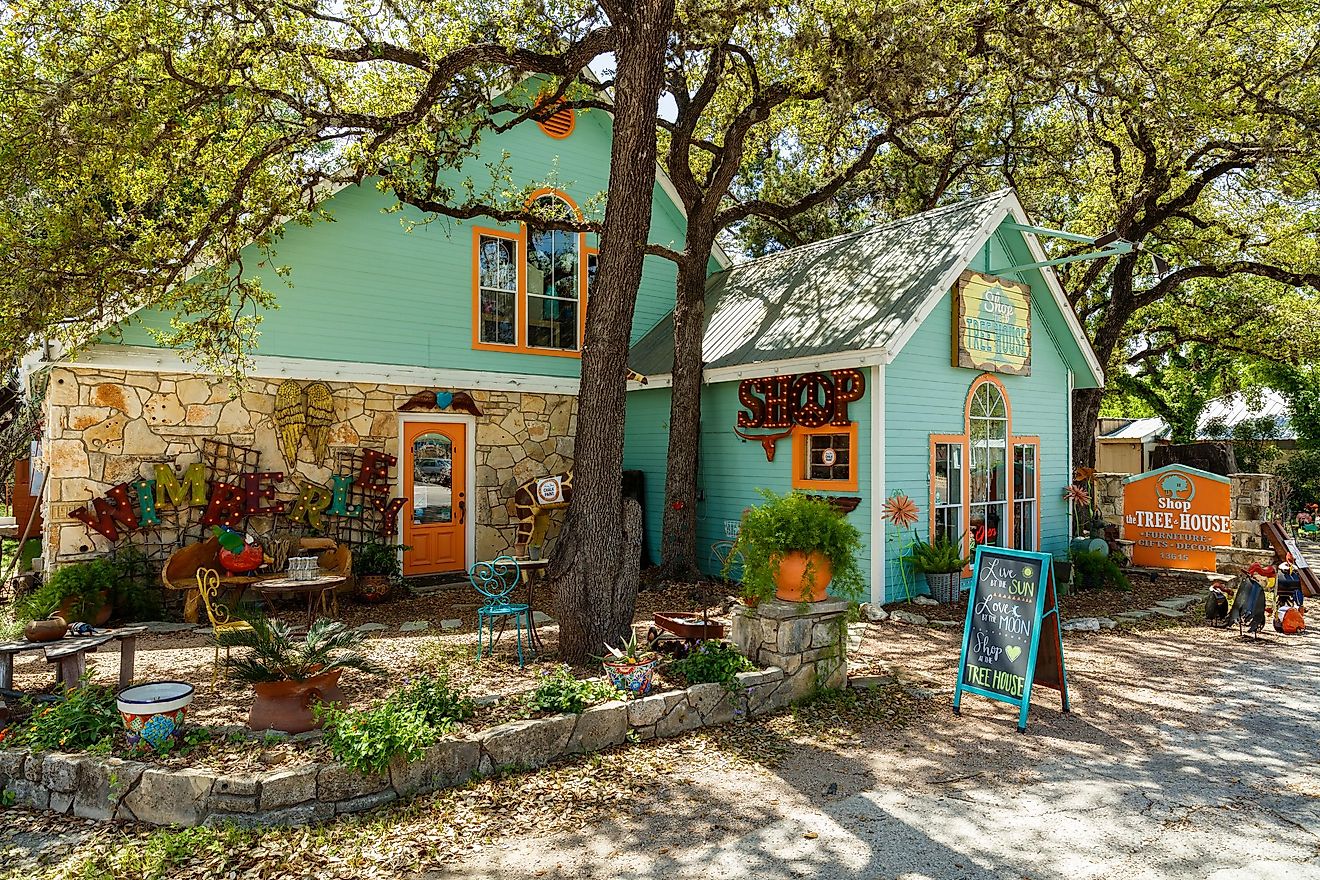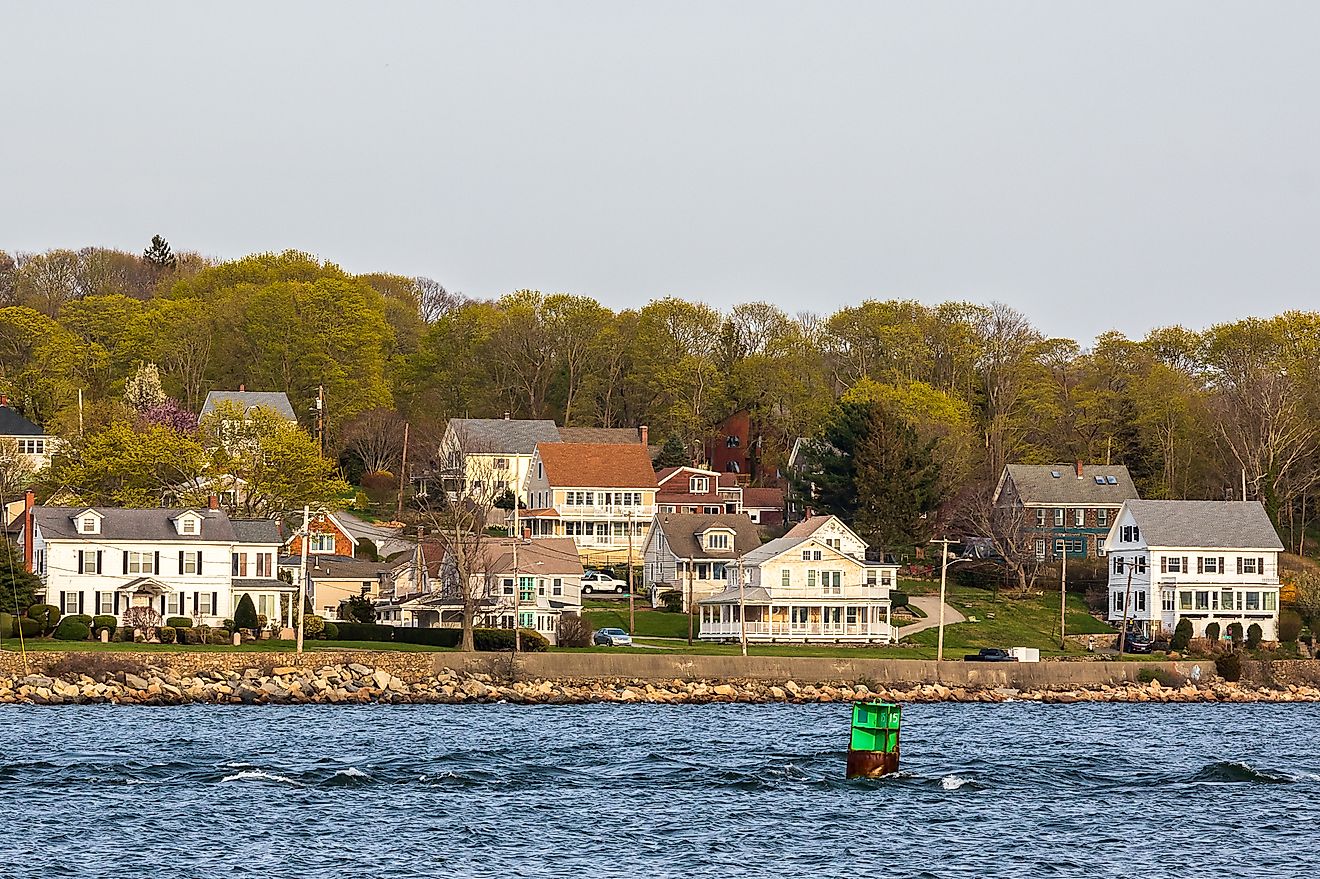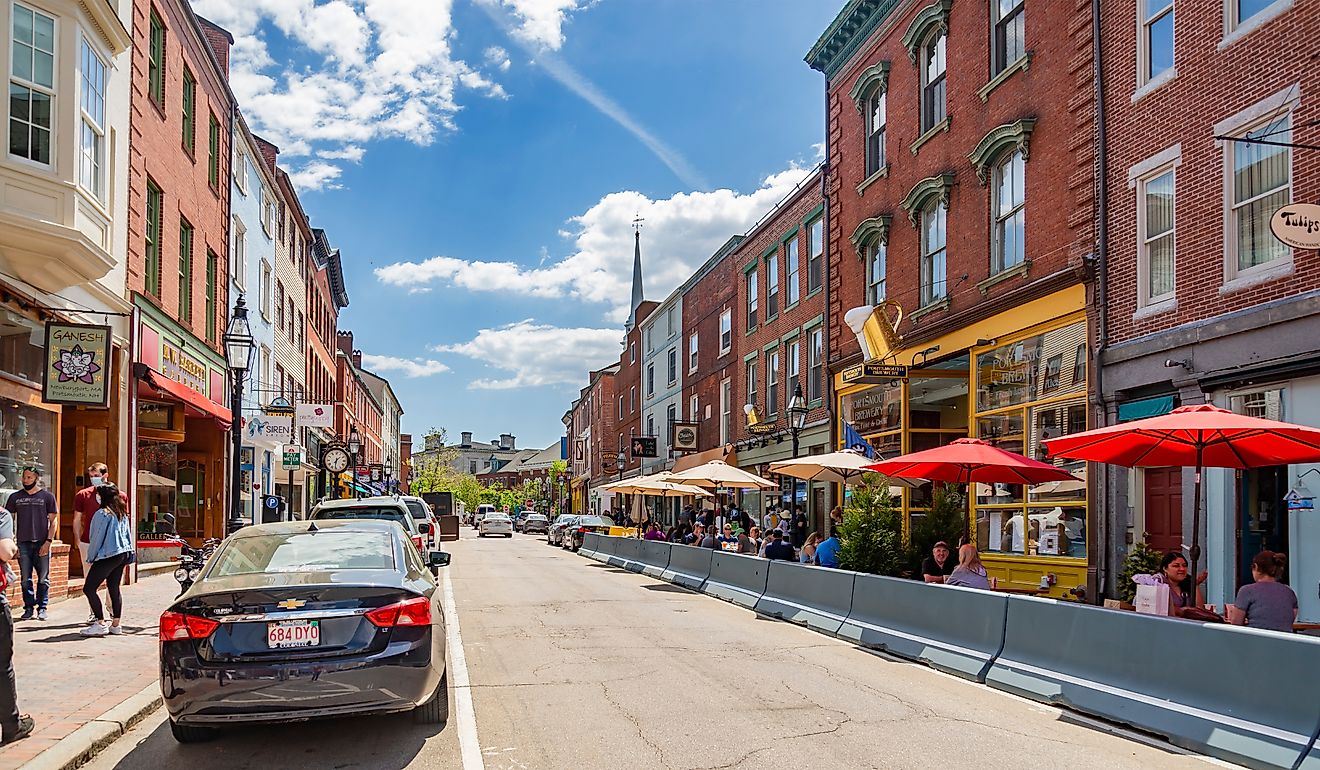
Ningaloo Coast, Australia
Australia has twenty World Heritage Sites, including nature reserves, iconic sites, exhibition buildings, and other vital places for the country’s economic and social fabric. 12 of the 20 sites are natural sites, four are cultural sites, and the other four are mixed sites. One of Australia’s iconic natural World Heritage Sites is the Ningaloo Coast, located in Western Australia. The 7,050 square kilometer heritage site is situated along the East Indian Ocean, approximately 1,200 km off Perth’s north. It is fringed by the Ningaloo Reef, one of the world’s largest reefs and the only reef located near a landmass.
Contents:
Location

Ningaloo Coast World Heritage Site is famous for its spectacular and stark contrast between the clear, blue Ningaloo Reef and the arid, rugged Cape Range. The heritage-listed site covers approximately 7,050 square kilometers and stretches over 300 kilometers along remote Western Australia’s coast, on the East Indian Ocean. This site also includes the 260-km long Ningaloo Reef, the world’s longest near-shore reef. The Ningaloo Coast encompasses Jurabi and Bundegi coastal parks (both located near the Cape Range National Park), Muiron Islands Marine Management Area, Ningaloo Marine Park, and Learmonth Air Weapons Range. Its boundaries also include the Ningaloo Marine Park (State and Commonwealth waters).
Designation And Description
The Ningaloo Coast was listed as an Australian Heritage Site in January 2010 and designated as a World Heritage Site on June 24, 2011, as a natural site. It was inscribed as a heritage site for two reasons; its natural beauty and an important natural habitat for biological diversity conservation. The Ningaloo Coast World Heritage Site has both terrestrial and marine features, making it one of the best conservation and tourism areas in Australia and Oceania.

Although the Ningaloo Coast is famous for whale sharks, the area features a mix of intact marine, coastal, and terrestrial habitats, which create an interlinked ecosystem. On land, the heritage site is characterized by watercourses, underground caves, and extensive karst systems. Popular habitats include a continental shelf, deep sea, coral reefs, estuarine habitats, Muiron Islands, rugged gorges, limestone escarpments, and subterranean waters contained in the karst system. Above the ground, the Cape Range peninsula, which features an arid ecosystem, is known for species endemism and richness, especially reptiles and birds.
One of the most spectacular events on the Ningaloo Coast is the whale sharks’ annual gathering, which takes place between March and June. During this period, up to 500 whale sharks gather around Ningaloo and are often attracted by the rich nutrient upwelling and coral spawning. Most of the whale sharks visiting the area are juvenile males averaging five meters in size.
Marine Life

The Ningaloo Coast’s coral reefs and beaches are home to abundant marine life, including fish, birds, reptiles, and other marine life. It supports 300 coral species, 500 fish species, and over 600 mollusks and other invertebrates. The large marine animals found here include whale sharks, manta rays, dolphins, dugongs, billfish, tuna, and orcas. Ningaloo is also an important migratory route for some whales, including the humpback whales. It is also one of the Indian Ocean’s most important turtle nesting areas. Of the world’s marine turtles, three species nest and breed in Ningaloo. The three species are green turtle, loggerhead turtle, and hawksbill turtle, all of which are either vulnerable or endangered. The Ningaloo Reef is the site’s most important marine habitat.
Ningaloo Reef

The Ningaloo Reef is a long coral reef extending about 260 kilometers off the North West Cape. It is one of the world’s most pristine, longest, and largest coral reefs. However, it is unusually narrow and covers an area of about 50 square kilometers. The reef sustains both temperate and tropical marine life, including mammals and reptiles. It has about 250 corals, of which 200 are hard coral species. Besides corals, the reef hosts over 500 fish species. Some of the mega marine species found here are manta rays, whale sharks, humpback whales, potato cod, dugongs, and sea turtles. The Ningaloo Reef is also a popular spot for snorkeling and scuba diving.
Protected Areas

The Ningaloo Coast has five national parks, including Jurabi and Bundegi coastal parks, located at the tip of Cape Range National Park, and the two Ningaloo marine parks. The Cape Range National Parks is an elevated plateau occupying about 477 square kilometers. Beneath the cape peninsula is a complex karst system hosting diverse subterranean species. Up to 535 interconnected caves have been identified under the karst system. These caves host over 80 subterranean animal species.

The Cape Range National Park has a diversity of flora and fauna, most of which are endemic species. It has over 600 wildflower species, including desert sturt pea and bird flowers. Other plants include acacia, mangroves, spinifex, verticordia, minilya lily, and eucalyptus. The park also hosts animals such as emus, red kangaroos, over 100 birds, and 80 reptiles. Some common reptiles are the western netted dragon, Exmouth spiny-tailed gecko, and west coast banded snake.
